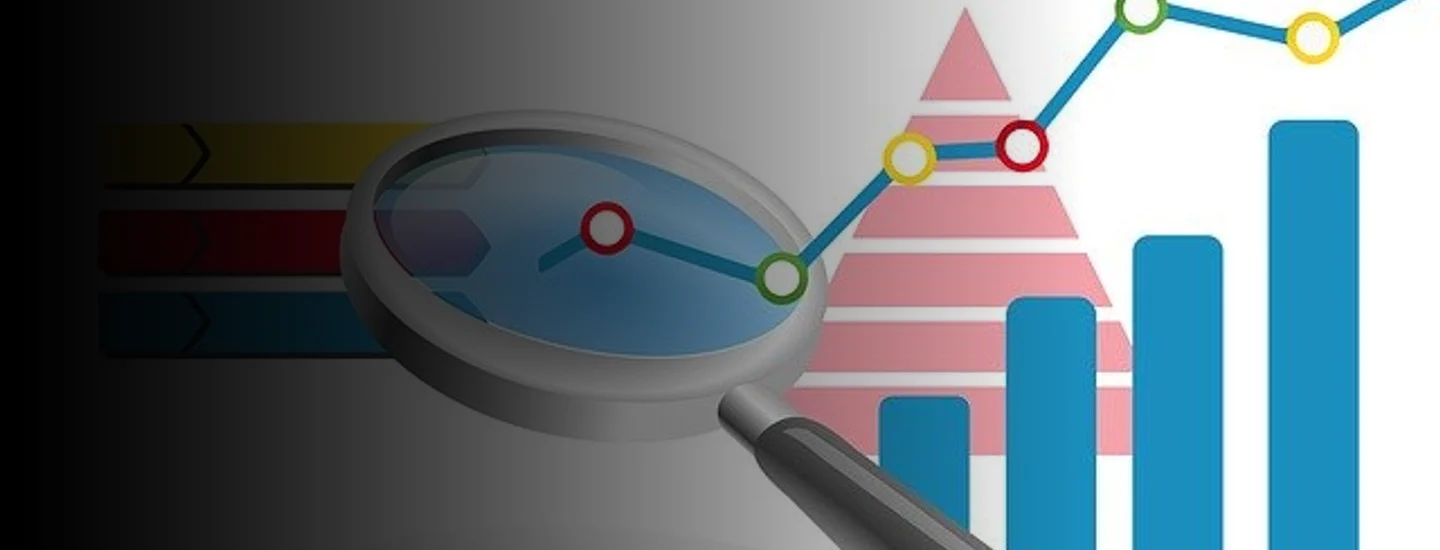For many years, in their transformation roadmaps, companies’ focus has been “business processes”. Within the implementation of large Enterprise Resource Planning (ERP) software, the motto has always been "harmonization and standardization of processes". The concept was so sacred that nobody could dare to ask "why?"; the general belief has been that whatever is harmonized is good!!!
In their journey, companies orchestrated networks of subject matter experts (process owners, process delegates, key users, ...) to come up with "harmonized processes" implemented in ERPs.
Some of these projects had disastrous outcomes in terms of project costs, project timelines and realised value. Although one of the main drivers of such standardization was to make the ERP implementations cheaper, millions of Euros have been spent to harmonize processes in very expensive ERP projects but with little return on investment.
The focus has always been to implement standardised processes to capture and store business transactions with little attention to quality of data. Very few companies had data owners or data stewards focusing on quality of data to identify business trends and to enable intelligence extraction. As a result, even for the ones with successful implementations, the quality of data was generally poor, requiring significant effort and expensive BI projects to cleanse / consolidate data and to extract intelligence from billions of transactions.
In recent years, we have observed a major trend in the market to open company architectures to partners collaborating on the extended value chain (e.g. logistics service providers in Amazon). The end-to-end value chain and shared services have become agile and flexible and a given service could be either provided internally or by an external service provider.
These changes have multiple impacts on enterprise architecture and will dramatically change the business software industry, in particular ERP software providers, in the following ways:
Data versus Process: In this type of architecture, the key is to connect business processes based on a "clear service contract" between the receiver and the provider of the service. The manner in which provider delivers its services is its own business. What is expected, however, is to have quality standard data to perform the service otherwise the process will be blocked. As soon as the contracts are executed according to the service levels, the “process” has little importance.
Best of breed versus monolithic applications (e.g. ERP): The challenge for companies is to evolve their enterprise architecture into open ecosystems where multiple partners collaborate to execute an end-to-end process (e.g. order fulfillment in e-commerce). This means processes are scattered among internal or external partners. In the short term, companies need to open current ERPs and legacy applications to the outside world and change their architecture accordingly to make it as agile as possible. In mid-term, this means the current monolithic ERPs are no longer fit-for-purpose. In some ways this is revenge for the “best of breed” architecture on large, bulky, one-size-fits-all ERPs.
We have recently helped several clients transition to open architectures. These have applied web services based on data centric technologies making an impact on both the enterprise architecture and the overall IT organization.
If you’re interested or have similar experiences, we’ll be more than happy to exchange our lessons learned.

